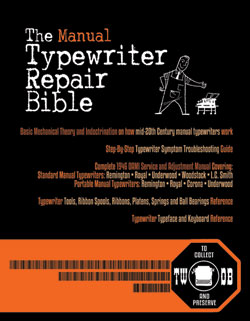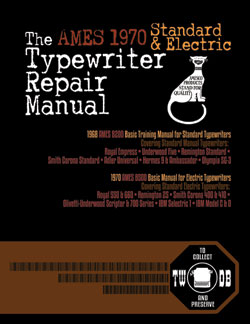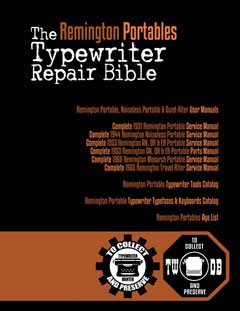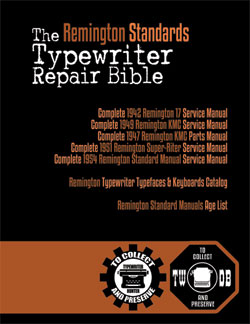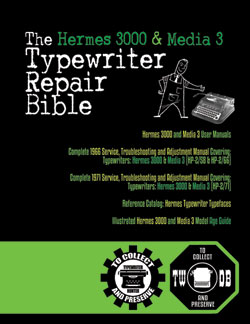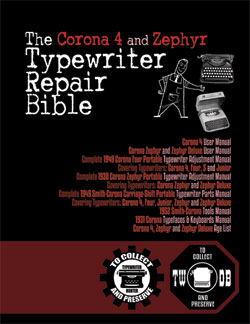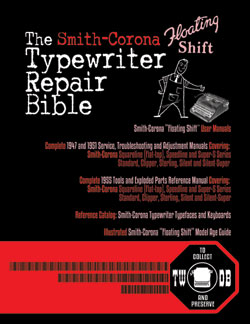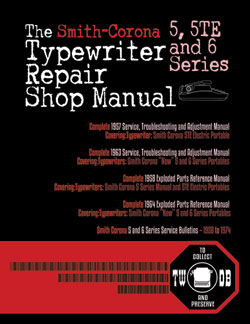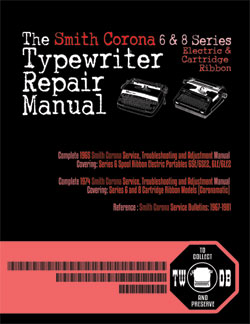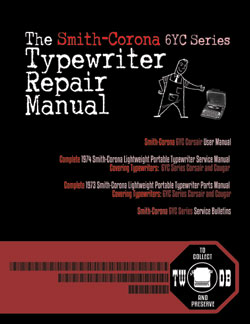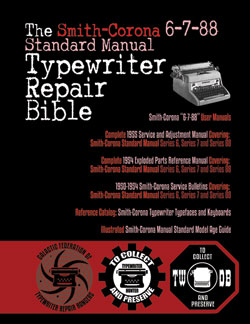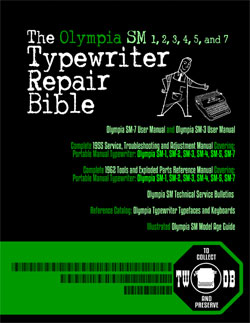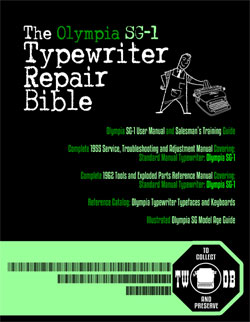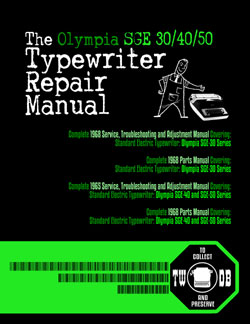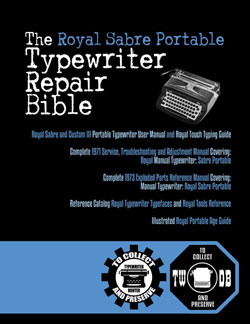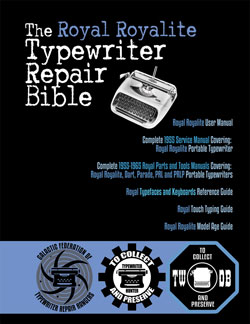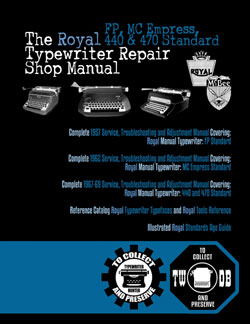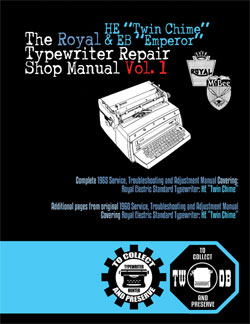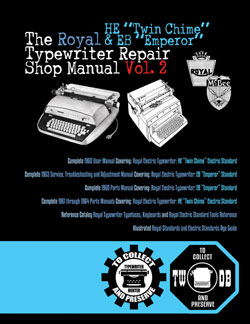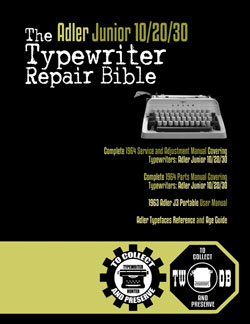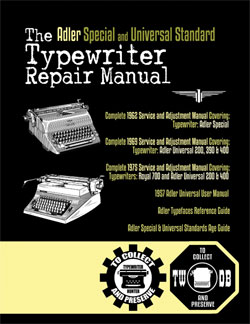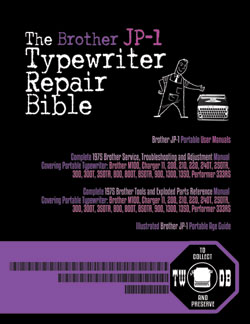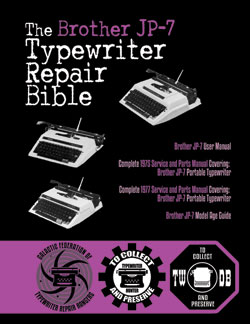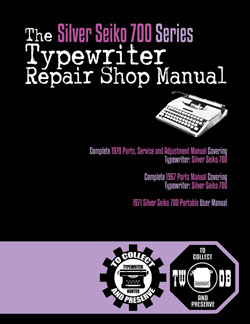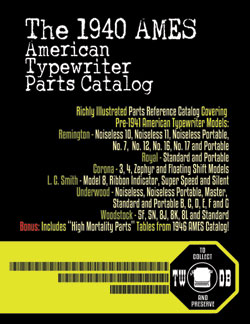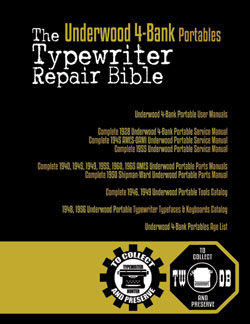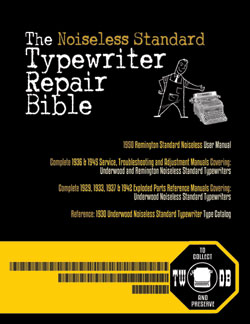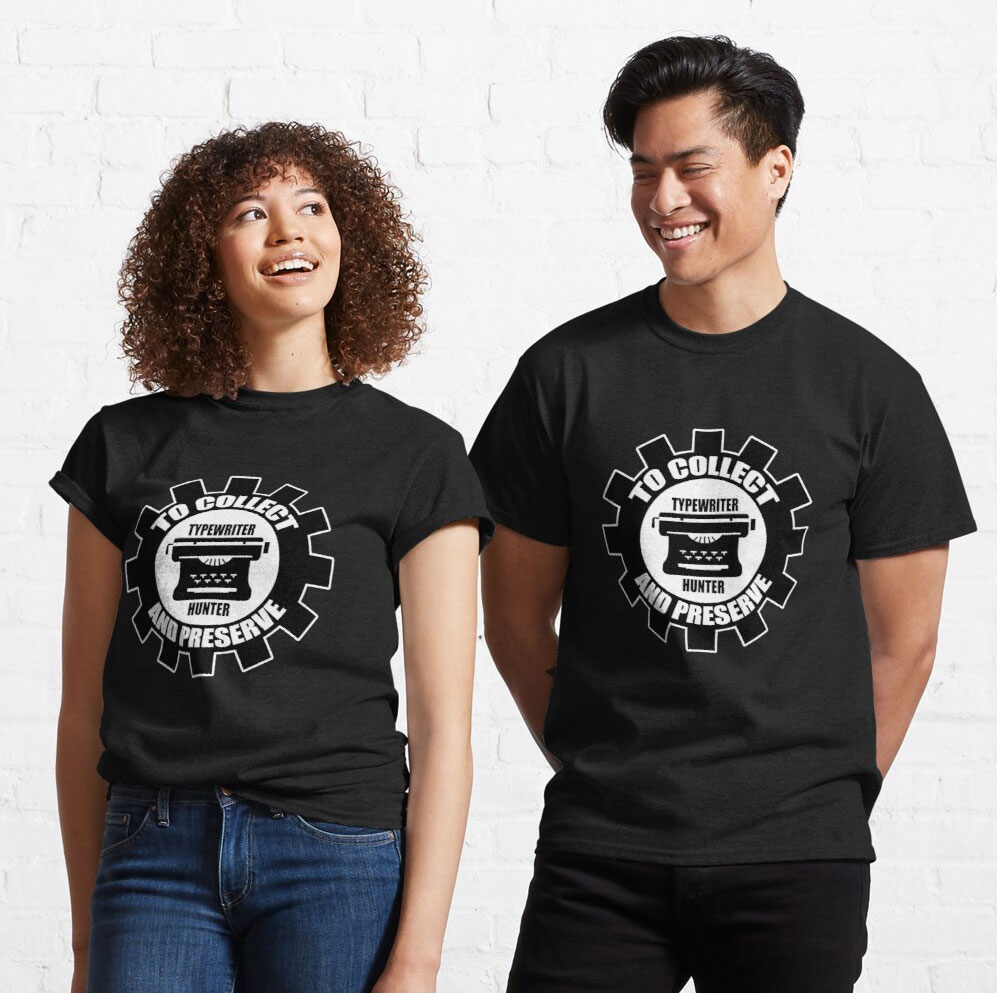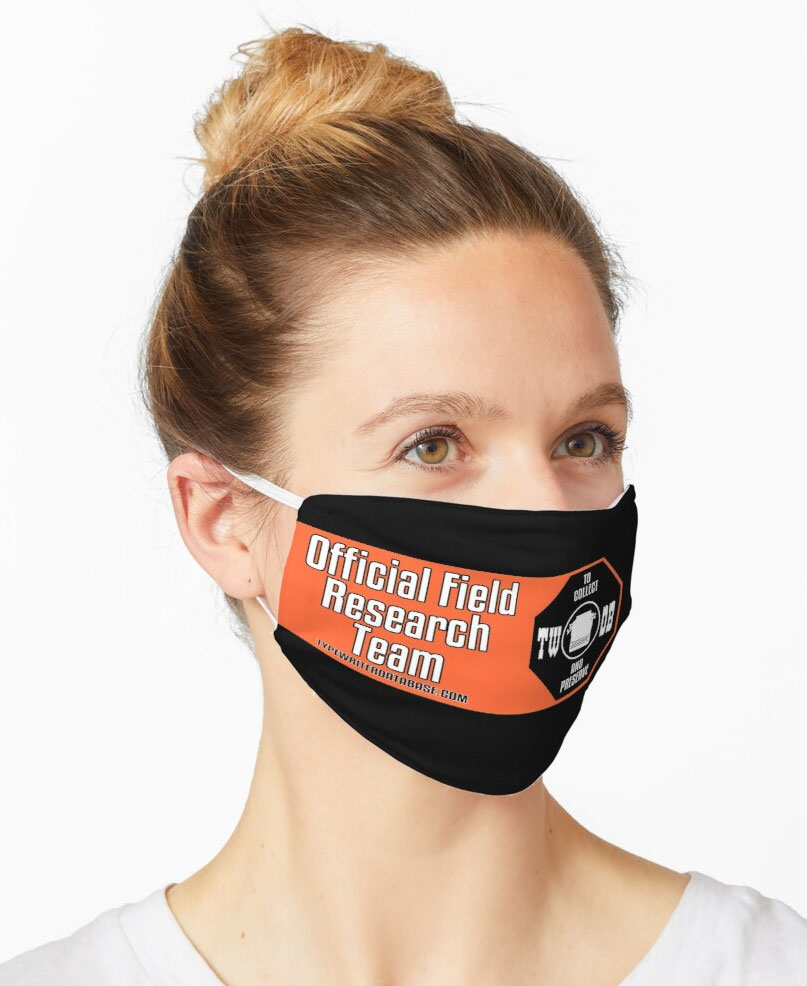1964 Olympia SF De Luxe #95-894232
Status: My Collection
Hunter: Jugo Boy (jugoboy)
Created: 11-09-2023 at 05:44PM
Last Edit: 11-14-2023 at 06:26AM
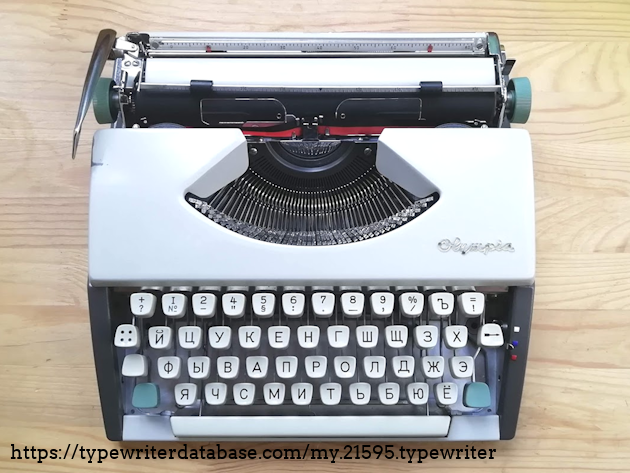
Description:
I present to your attention what seems to be an incredibly rare find — an Olympia SF typewriter with an ORIGINALLY Russian layout! This piece came into my possession in the spring of 2023; I purchased it in Moscow for about 20 dollars (1,900 rubles). When I went to buy the typewriter, I forgot to bring a bag or a case. At the moment of the deal, I discovered that its cover was severely damaged: the zipper was completely broken, making it impossible to transport it in a case. I carried it to the metro station by hand, on the way, I asked some builders for a piece of dense polyethylene and used it to strap the cover, like with a belt. When I reached my station, I hung the typewriter on my bicycle’s left handlebar and managed to get home with this approximately 6-kilogram one-side overload. The purchase was extraordinary, but it surely left a lasting memory!
Examining the typewriter at my place, I found an interesting surprise in the cover: some medical prescriptions and a signed power of attorney for a white 2001 «Mercedes» car. All these documents were typed on a typewriter — probably the very one I had in my hands.
Upon disassembling it, I didn’t find any significant damage. However, it was heavily soiled, dusty, and covered with a yellowish patina — perhaps from smoking? I disassembled it as much as possible, thoroughly cleaned it, and reassembled it. The resulting typewriter worked excellently, with a smooth and delicate carriage movement and fairly soft keys. Although my initial plan was to sell it, it continues to accompany me to this day. Unfortunately, without its cover — which was entirely ruined, I had to part with it. Perhaps unnecessarily? Now I realize that maybe it could have been repaired.
It’s worth discussing the origin and specifics of this typewriter a bit. Chronologically and structurally, the SF model directly preceded the Traveller, which gained widespread fame in Eastern European countries under the brand UNIS–TBM. However, their differences go beyond just the shape and color of the casing. The SF model feels undoubtedly more expensive and of higher quality. The frame, made of an aluminum alloy and forming the basis of the typewriter, is executed very solidly, whereas with the Traveller and especially the UNIS, there are issues with less precise casting. The type segment has a slightly different, more rounded shape. But the main difference lies in the keyboard locking mechanism. The SF model has a fundamentally different mechanism, based on the principle of overlapping all the key slots with a sliding metal part with slots, similar to a «comb». On my typewriter, it doesn’t work very reliably; I will fix it later. However, in general, this allows for a complete keyboard lock, preventing the keys from being pressed at all. Whereas the locking mechanism on the Traveller only stops the typebar halfway to the paper.
The origin of this typewriter still remains somewhat unclear to me. It can’t be a makeshift conversion based on a Latin typewriter with parts from the more common Traveller, as its keys have a uniform creamy color, whereas the Traveller was exclusively produced in white or black. I read on the website of a Russian typewriter enthusiast, Alexander Trofimov, that in West Germany, a limited number of typewriters were indeed produced in various languages, including Russian. However, they were used in the West and didn’t reach the Eastern Bloc. This version sounds plausible, especially considering that my Olympia has a plate indicating production in Wilhelmshaven and likely a sales office address in London. Perhaps my typewriter turned out to be one of these few. At the very least, it’s the first Olympia SF with an INITIAL Russian layout on TWDB.
The specific keyboard layout also speaks to the complete impossibility of a makeshift Russian conversion. I haven’t encountered this layout on any Traveller. Specifically, in the first row, there are keys such as [+ ?] [5 §] [6 :] [9 ,]. In Traveller models, these keys are arranged differently: [+ §] [5 :] [6 ,] [9 ?]. Additionally, in all Traveller typewriters, the key [% /] is located in the fourth position of the first row, whereas in this SF model, it occupies the tenth position.
Typeface Specimen:

Photos:
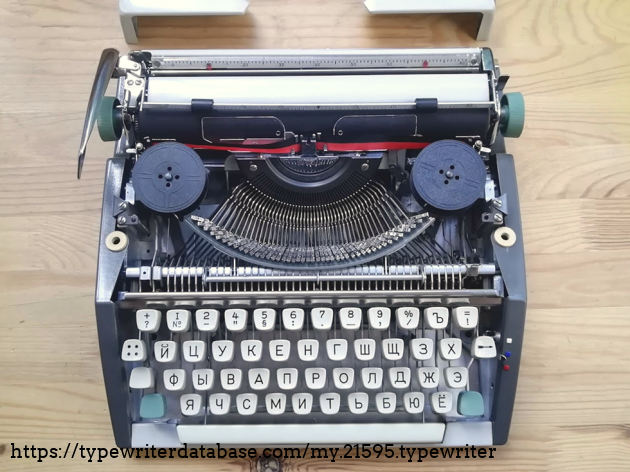
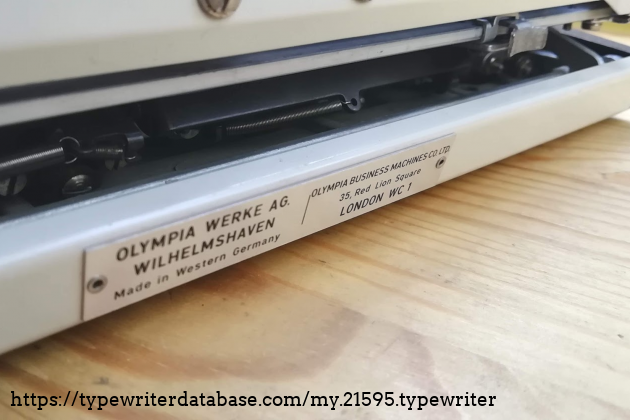
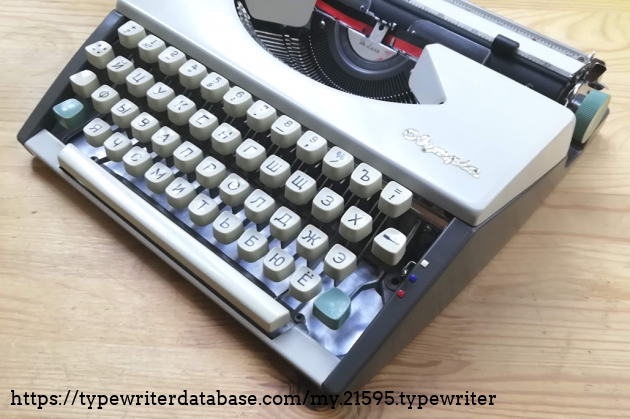
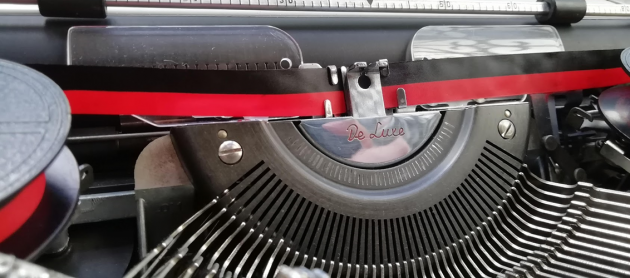
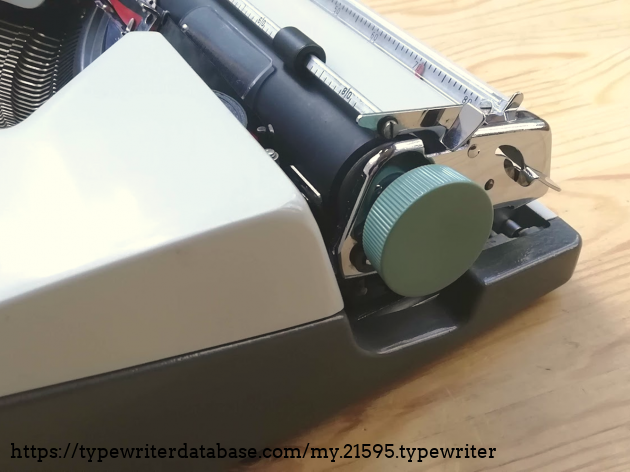
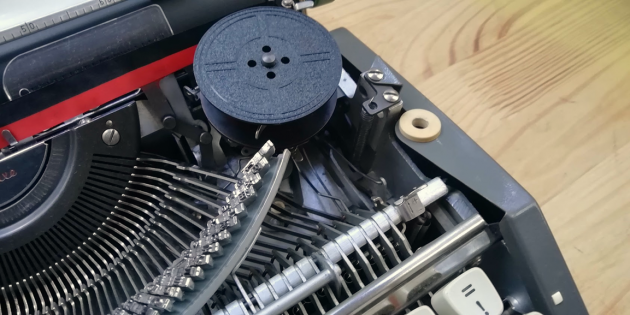
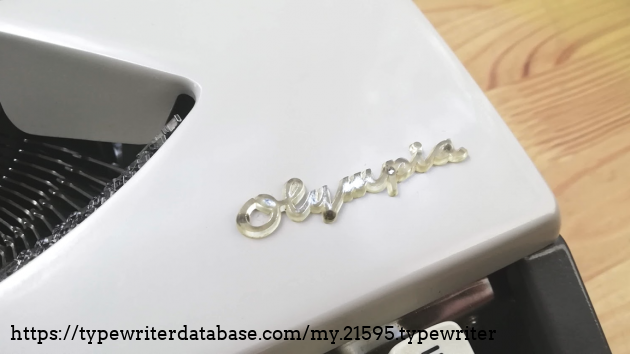
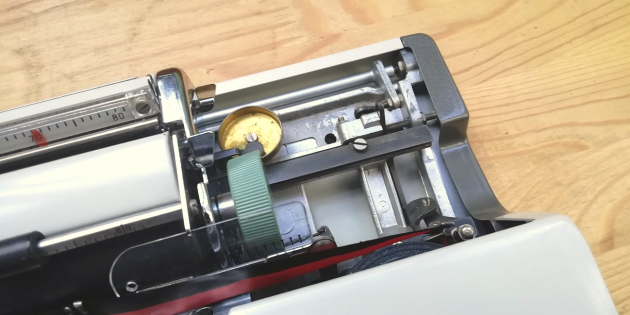
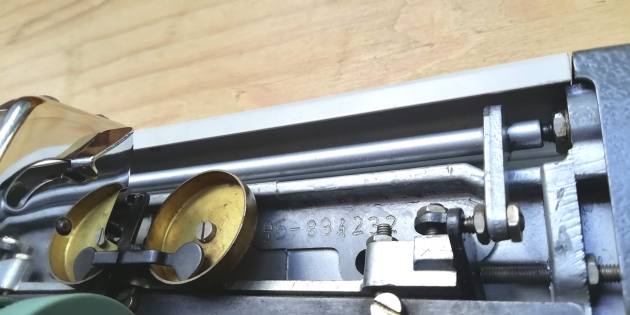
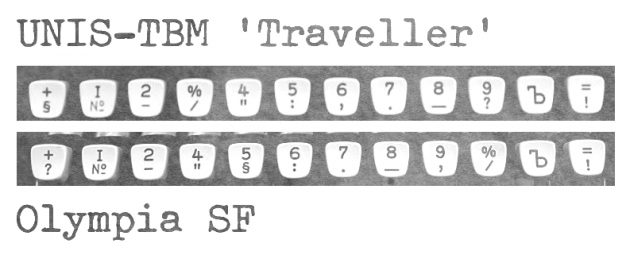
Hunter: Jugo Boy (jugoboy)
Jugo Boy's Typewriter Galleries [ My Collection ] [ My Sightings ]
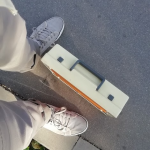
Status: Typewriter Hunter
Points: 112
Hello everyone
My name is Lev, now I live in Moscow. I spent my entire childhood with a Lubava typewriter (soviet sister of Erika-105) in my hands, and I still continue this hobby. Now I like to search typewriters and put them in order. I prefer to work with Yugoslavian UNIS, but sometimes I take on other models.
I would rather be called a 'hunter' than a 'collector'. But better I’d call myself a lover of restoration. I like to look for and repair different TWs, but I keep for myself only what I use.
I will start my work at TWDB with the publication of the 'Agidel' typewriter, one of the rarest ones ever made in the USSR. Recently, this rarity came into my hands.
Email for contact is lev.oa@ya.ru
RESEARCH NOTE: When researching the Olympia SF De Luxe on a computer with lots of screen real estate, you may find that launching the Olympia Serial Number page and the Olympia SF De Luxe By Model/Year/Serial page in new browser windows can give you interesting perspectives on changes throughout the model series.
